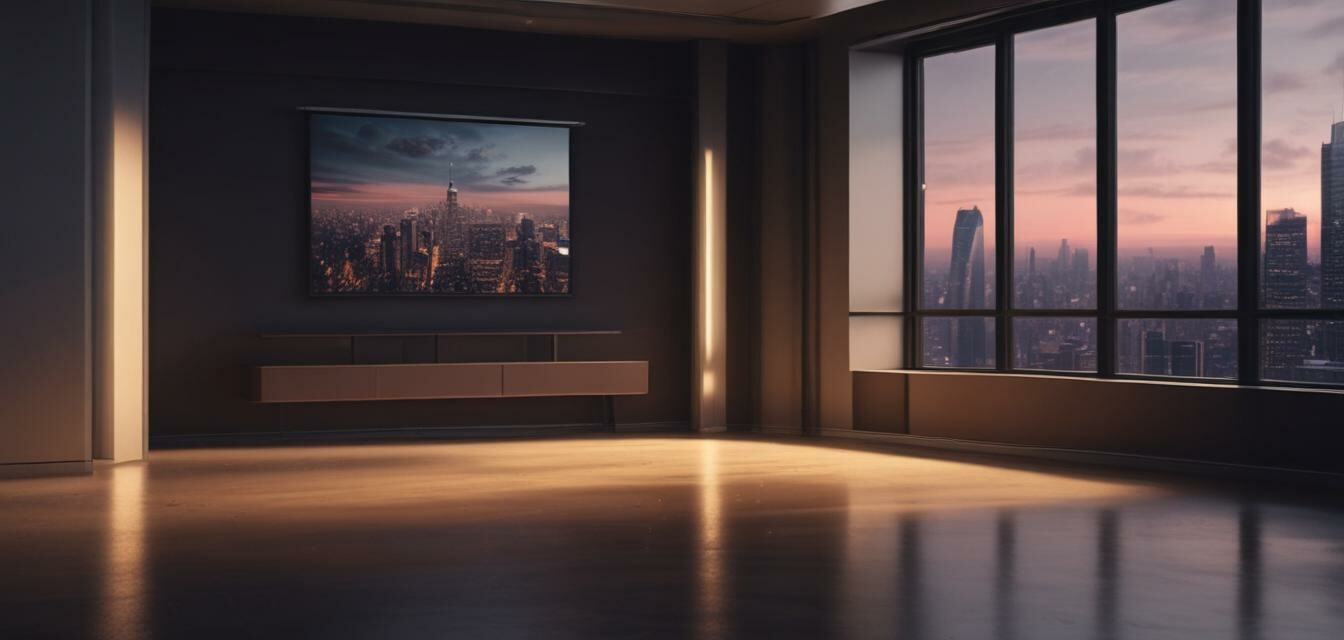
Indoor Security Cameras: A Comprehensive Guide
Key Takeaways
- Indoor security cameras come in various designs, including dome, bullet, and PTZ cameras.
- Placement is crucial, with ideal locations including corners, hallways, and rooms with valuables.
- Wireless cameras offer more flexibility, while wired cameras provide a more stable connection.
- Consider factors like video quality, night vision, and motion detection when choosing an indoor security camera.
Indoor security cameras are an essential component of any home security system. With the rise in property crimes, it's more important than ever to keep a watchful eye on your home and loved ones. In this article, we'll delve into the world of indoor security cameras, exploring design differences, ideal placement, and key features to consider.
Design Differences
Indoor security cameras come in various designs, each with its unique features and benefits. Here are some of the most common types:
| Design Type | Description | Pros | Cons |
|---|---|---|---|
| Dome Camera | A dome-shaped camera with a 360-degree view. | Vandal-proof, discreet, and easy to install. | May have a limited field of view, and can be prone to glare. |
| Bullet Camera | A cylindrical camera with a fixed lens. | Weather-resistant, easy to install, and offers a wide field of view. | May be more noticeable, and can be prone to tampering. |
| PTZ (Pan-Tilt-Zoom) Camera | A camera with a motorized lens that can pan, tilt, and zoom. | Offers a wide range of motion, and can be controlled remotely. | Generally more expensive, and can be more complex to install. |

Ideal Placement
When it comes to placing your indoor security camera, there are several factors to consider. Here are some ideal locations:
- Corners: Provides a wide view of the room and can capture footage of anyone entering or exiting.
- Hallways: Allows you to monitor traffic flow and capture footage of anyone moving between rooms.
- Rooms with valuables: Places like home offices, living rooms, or bedrooms with valuable items.

Key Features to Consider
When choosing an indoor security camera, there are several key features to consider:
| Feature | Description |
|---|---|
| Video Quality | The resolution and quality of the video footage. Look for cameras with high-definition (HD) or 4K resolution. |
| Night Vision | The ability of the camera to capture footage in low-light conditions. Look for cameras with infrared (IR) or night vision capabilities. |
| Motion Detection | The ability of the camera to detect and alert you to motion within its field of view. |
Wireless cameras offer more flexibility and ease of installation, while wired cameras provide a more stable connection and can be more secure.
Wireless vs. Wired Cameras
Wireless Cameras
- Easier to install and move around
- No need for cables or wiring
- More flexibility in terms of placement
Wireless Cameras
- May have a weaker signal or interference
- Requires batteries or a power source
- Can be more prone to hacking
Wired Cameras
- More stable and secure connection
- No need for batteries or a power source
- Less prone to hacking
Wired Cameras
- More difficult to install and move around
- Requires cables and wiring
- Less flexibility in terms of placement
When it comes to indoor security cameras, there are many options to choose from. By considering design differences, ideal placement, and key features, you can find the perfect camera for your home security needs. Remember to explore our CCTV Systems, Home Automation Systems, and Security Alarms & Sensors for a comprehensive home security solution.

Stay safe and secure with Detection Technology. Explore our range of indoor security cameras and find the perfect solution for your home.
Beginners Section
- Always consider the purpose of the camera and the area it will be monitoring.
- Choose a camera with a wide field of view to capture more footage.
- Make sure to check the camera's compatibility with your home security system.









